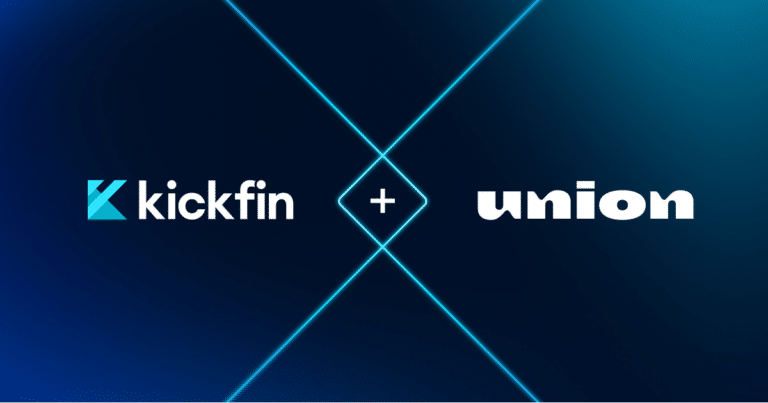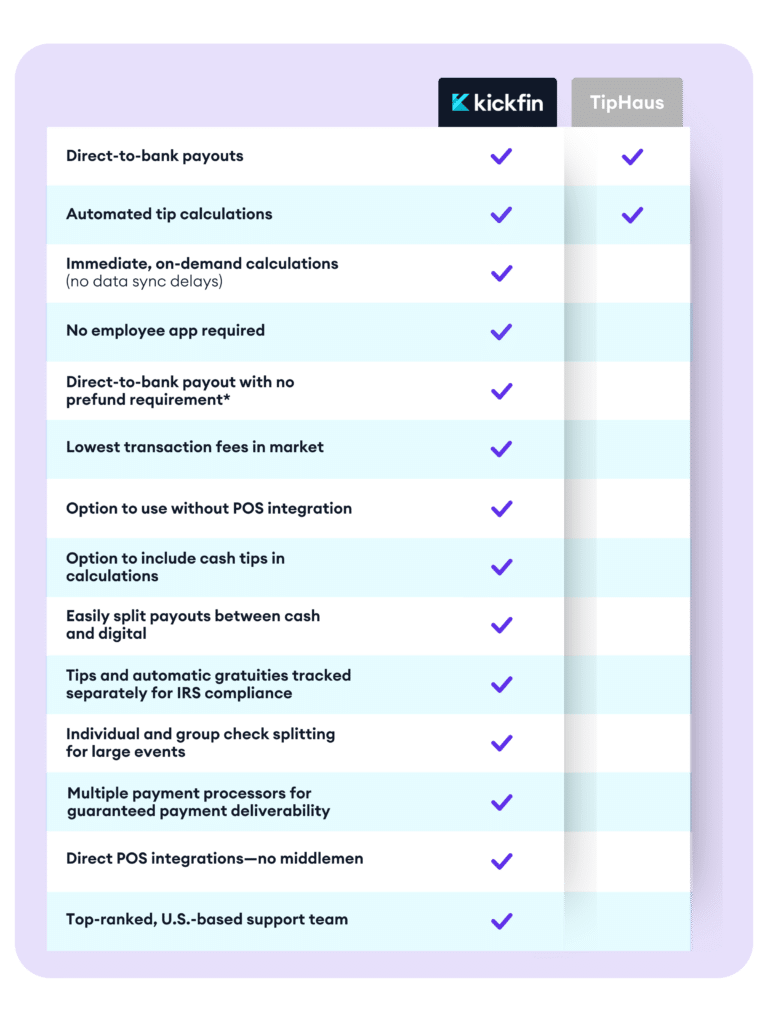Are your managers struggling to keep up with constant cash runs to pay your employees? While restaurants have traditionally paid out in cash, it’s becoming more challenging as more and more customers pay their bills with credit cards or digital methods. Cashless tipping solutions are easier for both you and your employees, but you have some options when it comes to giving up the Benjamins. Tipping on payroll is one way to eliminate some of the issues that come with cash—but is it the best solution for your business model?
Why are employers considering tipping on payroll?
Whether your tipped employees are servers, bartenders, bellhops, valets, or estheticians, they most likely rely on tips for the majority of their pay. What’s more: they expect to get those tips at the end of every shift. (In fact, real-time access to tip payouts is one of the biggest draws of working in hospitality.)
So why would an employer suddenly make the switch to payroll tips — requiring employees to wait days or weeks for their earnings?
Well, as noted above: The increase in credit card and digital transactions has made it nearly impossible to pay out cash tips on the daily. Many employers know their people want instant access to their earnings, so they’re going to great lengths to get the cash they need to pay out tips — even if it means making late-night bank runs or paying for expensive cash deliveries.
(Of course, it’s worth noting that jumping through those hoops still doesn’t solve for other risks and headaches associated with cash tip payouts — like theft and human error, poor tracking and reporting, and the general inefficiency of counting and distributing cash.)
So it’s no surprise that hospitality employers are looking for ways to introduce cashless tip payouts. Many have turned to new technology in order to enable cashless tip payouts. But some restaurant teams are exploring alternative methods of paying out tips — like putting tips on payroll.
Pros and cons of tipping on payroll
If you’re looking for better insight into your tip-outs, going cashless is definitely for you—and tipping on payroll is one viable option. Weigh the pros and cons to determine if it’s a good fit overall.
Pros:
- Reduced risk of theft
- Tips, hourly pay, and taxes all input in the same place
- Simpler closing duties for managers
Cons:
- Employees lose instant access to tips
- Potential loss of employees to other restaurants
Prepping for payroll tips
If you’ve decided that tipping out on payroll works best with your business model, you’ll need to set yourself up for success. Prepping your team, building new processes, and unlearning old habits will ease the transition to payroll tipping.
First of all, you need buy-in from your tipped employees. (As noted above: Switching to payroll tips will disrupt their regular payment schedule and could ultimately put them in a challenging financial situation, as many tipped employees are accustomed to daily pay. If they aren’t comfortable with the break in pay or biweekly payroll, know that they could begin looking for another job that pays tips daily. If you’re worried about losing employees in such a tough labor market, learn about other cashless payout options here.)
You’ll also need to update your accounting practices to reflect your new tipping methods. Not only will a financial revamp clear the path to input tips into your payroll process, it will also ensure that you’re not overcompensating employees due to incorrect tip credits or other payroll tax issues. Non-tipped employees, like your managers, will need updated training on how to complete the payroll process under the new conditions.
How to tip out on payroll
Calculating tips will look a bit different when your managers input them on a weekly basis rather than every night. The cash counting may be tedious, but it’s what your managers are used to. They’ll need specific guidance to make the transition to payroll tips.
For your managers to succeed, you’ll need to establish a process for tracking tips by pay period. You could simply use an excel spreadsheet, purchase new software, or see if this is a capability of your payroll processor. No matter what system you use, you should show managers how to properly apply tip credit and taxes—but be careful. Your business could face serious consequences if employees aren’t properly compensated under your new system.
As an employer, you need to be wary of the laws surrounding tip credit. While you’re likely already aware of it, double-check your state’s minimum wage to see if it differs from the federal tip credited minimum wage of $2.13 per hour. You should also ensure that managers don’t make any tip-tracking mistakes. Employers are strictly prohibited from keeping any tips, so if you accidentally underpay an employee on payroll, it could be considered improper retention and cost you over $1,000 per incident.
Moving away from cash is a big (and maybe scary) step for industries that rely heavily on tip compensation, but the saved time and more secure finances are worth it. As you weigh your options, always keep the tipped employees’ financial security as your top priority. Whether you choose to tip out on payroll or work with a digital tip solution, you need their buy-in—or you’ll risk losing them to your competitors.
An employee-friendly alternative
Unfortunately, tipping out on payroll has the potential to backfire in some big ways. Employees may not be crazy about a disruption in the daily pay schedule that they’ve come to expect, and may even question if their tips are being properly calculated each week. Bottom line: The long wait time and lack of visibility with payroll tipping can spook your hard-to-find employees.
If you’re looking for a cashless tip-out system that won’t have your best workers weighing their employment options, consider a digital tipping platform like Kickfin. Tips go straight into employees’ bank accounts the second their shift ends, and managers can digitally tip out their entire team in less than a minute. Learn more about instant cashless payments.






